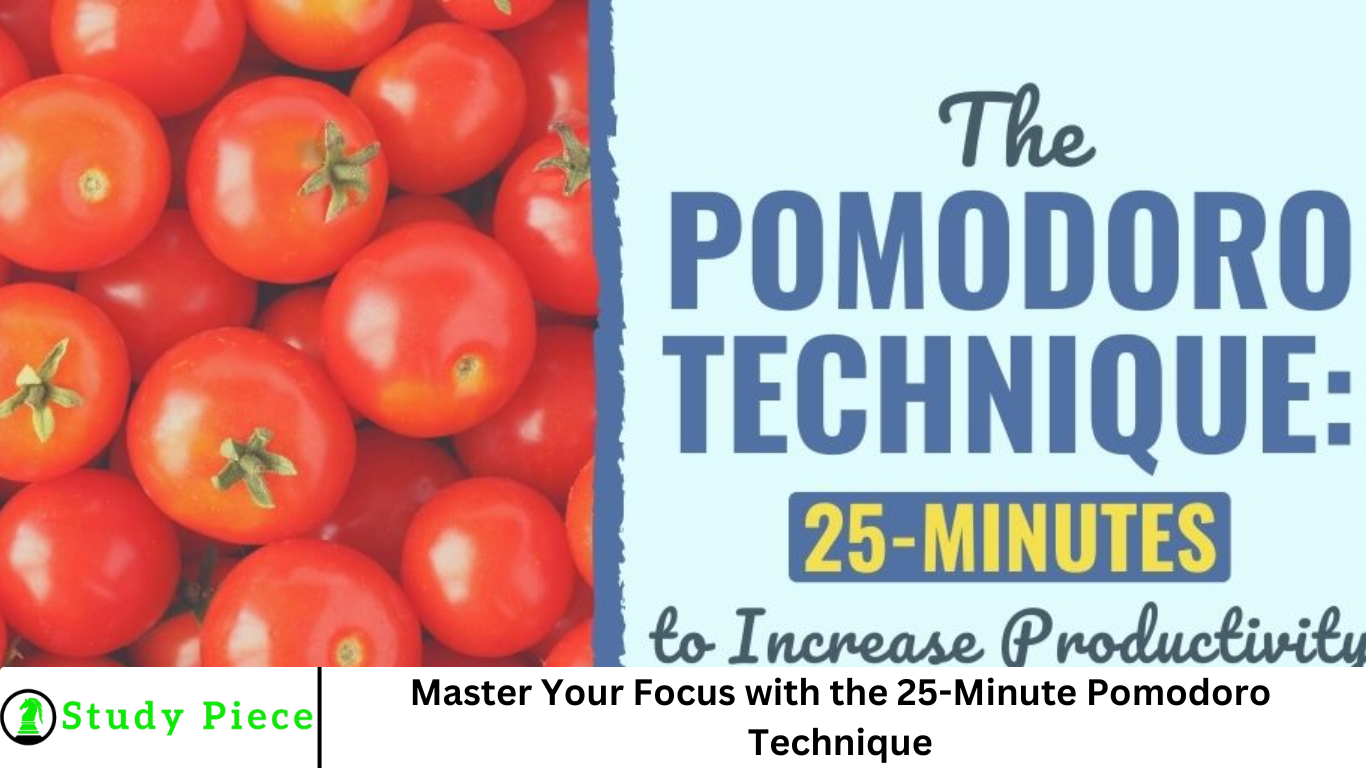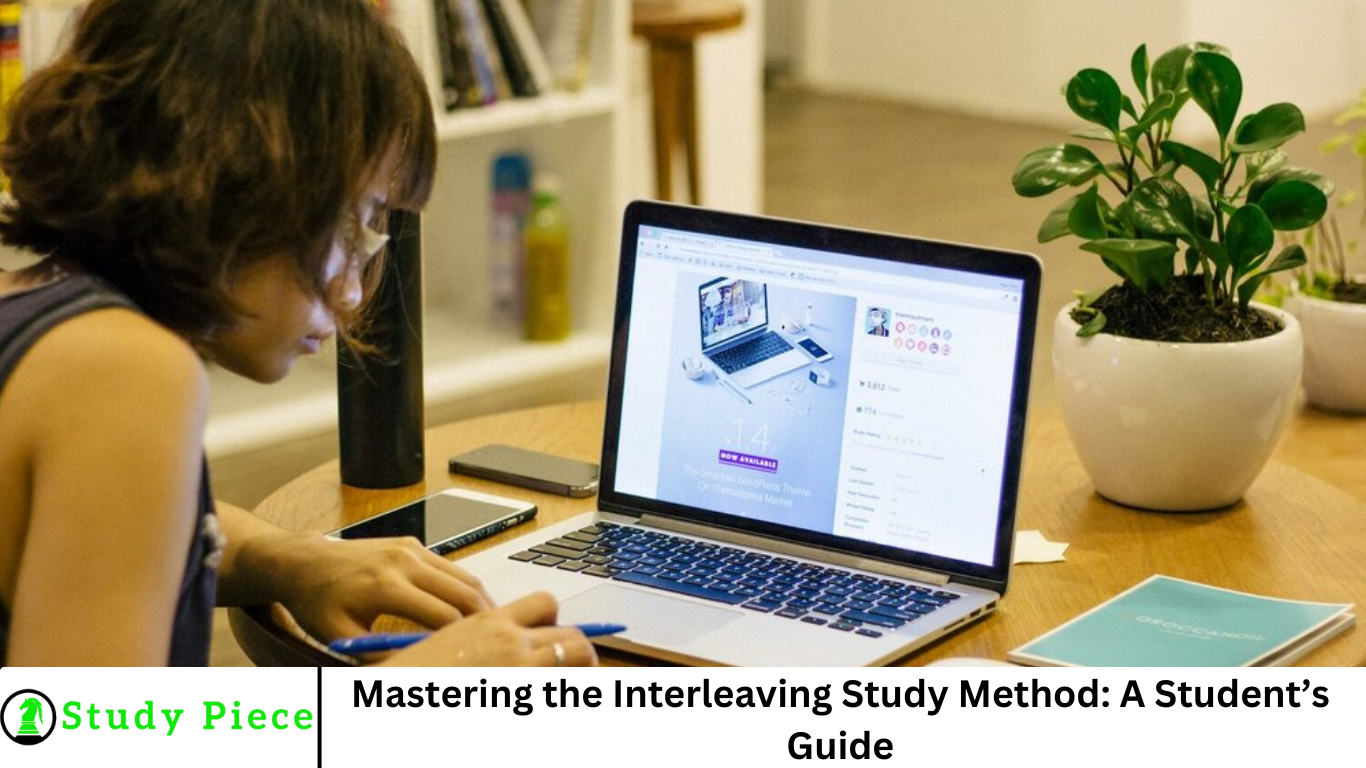Fast-paced digital world, staying focused has become more challenging than ever. With constant notifications, multitasking demands, and endless to-do lists, maintaining deep concentration on a single task can feel nearly impossible.
That’s where the Pomodoro Technique comes in—a simple yet powerful time management strategy that can help you reclaim your focus, boost productivity, and reduce mental fatigue. In this article, we’ll explore how the 25-minute Pomodoro Technique works, its benefits, and how to implement it effectively in your daily routine.
What is the Pomodoro Technique?
The Pomodoro Technique is a time management method developed by Francesco Cirillo in the late 1980s. The technique gets its name from the Italian word for tomato, “pomodoro,” inspired by the tomato-shaped kitchen timer Cirillo used while studying.
The concept is straightforward: break your work into short, focused intervals (called “pomodoros”) lasting 25 minutes, followed by a 5-minute break. After completing four pomodoros, take a longer break of 15 to 30 minutes.
The Classic Pomodoro Cycle:
- Choose a task to work on.
- Set a timer for 25 minutes.
- Work on the task until the timer rings.
- Take a 5-minute break.
- Repeat the cycle.
- After four pomodoros, take a longer break of 15–30 minutes.
This cycle helps you maintain mental freshness and prevents burnout, making it easier to stay committed to your goals.
Why the Pomodoro Technique Works
The effectiveness of the Pomodoro Technique lies in its simplicity and alignment with how our brains function. Here are the key psychological and practical reasons behind its success:
1. Combats Procrastination
Starting a task is often the hardest part. Knowing you only need to focus for 25 minutes makes beginning less daunting and encourages momentum.
2. Enhances Focus and Concentration
Short work intervals help you stay immersed in a task without the mental strain of prolonged concentration. You train your brain to enter a flow state quickly.
3. Reduces Mental Fatigue
Regular breaks help reset your cognitive resources, allowing you to return to work refreshed and energized.
4. Improves Time Awareness
Working in timed sessions increases your awareness of how long tasks actually take, leading to better planning and estimation.
5. Builds a Sustainable Work Rhythm
The Pomodoro Technique promotes a healthy balance between work and rest, reducing the likelihood of burnout and maintaining long-term productivity.
Benefits of Using the Pomodoro Technique
When consistently applied, the Pomodoro Technique offers a wide range of benefits:
- Increased Productivity: You complete tasks more efficiently by working with focused intent.
- Better Work-Life Balance: Scheduled breaks allow time for personal care, reducing stress.
- Heightened Accountability: Knowing you have limited time to work keeps you committed.
- Clearer Progress Tracking: Each pomodoro is a measurable unit of effort.
- Boosted Motivation: Completing pomodoros creates a sense of accomplishment.
How to Get Started with the Pomodoro Technique
Implementing the Pomodoro Technique is easy, but maximizing its impact requires a little preparation and consistency.
Step 1: Select Your Tools
You can use a simple kitchen timer, a Pomodoro app, or even an online timer. Popular apps include:
- Focus To-Do
- Pomodone
- Toggl Track
- Forest
- Be Focused
Step 2: Create a Task List
Start your day by listing tasks you want to accomplish. Break large projects into smaller, actionable steps that can be tackled in one or more pomodoros.
Step 3: Prioritize Tasks
Identify high-priority tasks to tackle first when your energy is highest. Save less demanding tasks for later pomodoros.
Step 4: Start Your First Pomodoro
Set your timer for 25 minutes and begin working on the selected task. Avoid all distractions—no checking emails, texts, or social media.
Step 5: Take Breaks Seriously
Use your 5-minute breaks to stand up, stretch, grab water, or do a quick mindfulness exercise. These breaks are crucial for maintaining energy.
Step 6: Reflect and Adjust
At the end of each work session or day, review what you accomplished. Adjust your task list and priorities accordingly.
Tips for Success with the Pomodoro Technique
1. Eliminate Distractions
Turn off notifications, close unnecessary tabs, and inform those around you that you’re in a focused session.
2. Use a Dedicated Workspace
Creating a work environment free from distractions reinforces your commitment to each session.
3. Customize the Technique
While 25/5 is the classic ratio, you can adjust it based on your attention span. Some prefer 50/10 or 90/20.
4. Combine with Other Productivity Methods
Pairing Pomodoro with task management systems like GTD (Getting Things Done) or Eisenhower Matrix can further enhance efficiency.
5. Track Your Pomodoros
Use a journal or app to log completed pomodoros. This helps you monitor progress and identify productivity trends.
Common Challenges and How to Overcome Them
Challenge 1: Interruptions
Solution: Keep a notepad nearby to jot down unrelated thoughts or tasks that pop up during a session. Address them during breaks.
Challenge 2: Underestimating Task Time
Solution: Break tasks into smaller chunks. If something takes more than one pomodoro, that’s okay—just keep track.
Challenge 3: Boredom or Restlessness
Solution: Vary your tasks and environments. Use breaks for movement or fresh air to stay mentally engaged.
Challenge 4: Skipping Breaks
Solution: Treat breaks as essential. They prevent fatigue and enhance long-term productivity.
Real-World Applications
The Pomodoro Technique isn’t just for students or office workers. It can benefit a wide range of professionals and activities:
- Writers: Beat writer’s block and maintain a steady flow.
- Developers: Manage coding tasks and avoid screen fatigue.
- Freelancers: Structure your day and maintain client deadlines.
- Students: Enhance study sessions and improve retention.
- Creatives: Channel focused creativity into short bursts.
Frequently Asked Question
What is the Pomodoro Technique and how does it work?
The Pomodoro Technique is a time management method that involves working in focused 25-minute intervals (called “pomodoros”) followed by short 5-minute breaks. After four pomodoros, you take a longer break of 15–30 minutes. This cycle helps boost focus, reduce mental fatigue, and increase productivity.
Why is each work session only 25 minutes long?
Twenty-five minutes is short enough to maintain intense focus and long enough to make meaningful progress. This duration reduces the likelihood of procrastination and encourages a sense of urgency, which helps you stay on task.
What should I do during the 5-minute breaks?
Use your 5-minute breaks to relax and recharge. Activities like stretching, walking, deep breathing, or grabbing water are ideal. Avoid checking social media or anything mentally taxing to keep your brain fresh.
Can I adjust the Pomodoro intervals to suit my needs?
Absolutely. While 25/5 is the traditional structure, some people find that 50/10 or even 90/20 intervals work better for their attention span or workload. The key is maintaining consistent work and rest cycles.
How many pomodoros should I aim for each day?
It depends on your workload and schedule. On average, completing 8 to 12 pomodoros a day (about 4–6 hours of focused work) is considered highly productive. However, even 4 pomodoros can be effective if used intentionally.
What tools can help me use the Pomodoro Technique effectively?
There are many apps and tools designed for Pomodoro tracking, such as Focus To-Do, Pomodone, Forest, and Be Focused. You can also use a simple kitchen timer or any online timer.
Is the Pomodoro Technique suitable for all types of work?
The technique works well for most tasks that require focus, such as studying, writing, coding, or admin work. However, for highly creative or collaborative tasks, it may require some adjustments or blending with other productivity methods.
Conclusion
In a world filled with distractions and pressure to multitask, the Pomodoro Technique offers a refreshing, manageable way to regain control of your time and energy. By working in focused 25-minute intervals and respecting regular breaks, you can train your brain to concentrate more effectively, reduce stress, and accomplish more with less effort. Whether you’re struggling with focus or simply looking to level up your productivity game, integrating the Pomodoro Technique into your routine can make a meaningful difference. Start small, stay consistent, and watch your focus and efficiency transform—25 minutes at a time.



